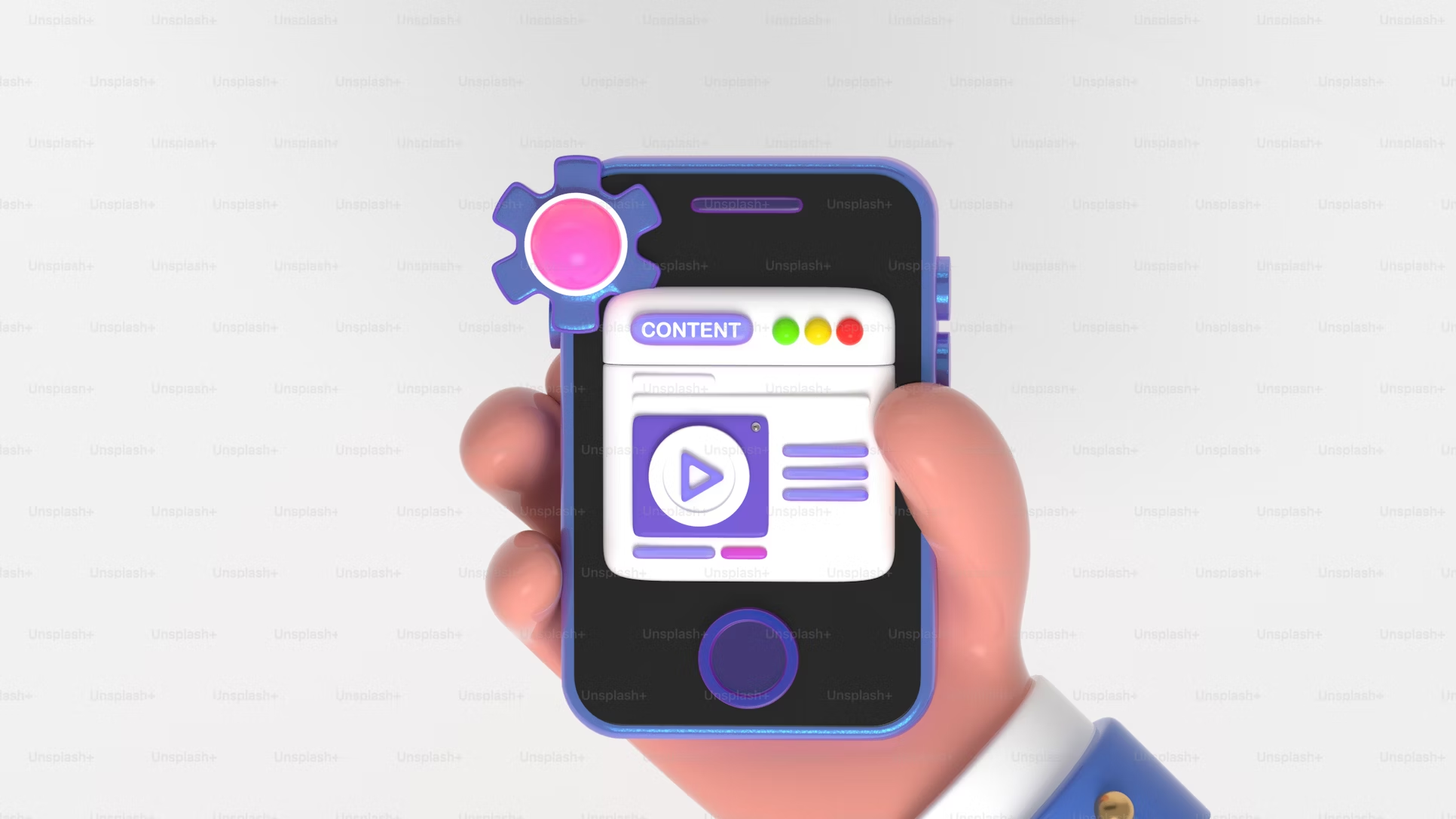Branding and Design: Which Fonts and Colors Are Best For Your Website?
In the world of branding, a website is critical online real estate. It needs to instantly tell a visitor what kind of brand you are, what you’re selling and how to buy from you. A lot of this comes down to the design of the website—with the font and color choice being key elements.
Quick Links
Not sure how to pick the right font and colors for your website? Then this post is for you.
Why Careful Selection Of Fonts And Colors Is Important
There’s a lot of science and theory around how colors and fonts affect us emotionally and convey a message. There’s also plenty of thought put into how your design choices can impact mood, engender trust, and help the viewer to understand what your brand stands for.
Here’s how you use these elements to your brand’s advantage:
- Evoking Emotions And Sentiments
For centuries color has been used to provoke a response and form a connection. The Egyptians, Isaac Newton, and Carl Jung are just a few historical figures that studied and utilized the power of color to spread a message.
The colors you pick will have a major impact on how people feel when navigating through your website and the impression they get of your brand.
Today, it’s widely accepted that red is a warning and can mean danger, or it can mean excitement and passion. Blue is calming and tranquil, engendering a feeling of trust—just think about how many banks and financial service providers use blue in their branding. Green often means go, and it’s connected to the Earth and related to growth, regeneration and new life.
Color can also call attention to important elements like the Call To Action (CTA) button. Similarly, fonts can build a certain sentiment for a brand and the website. The more creative the font, the more whimsical a brand looks. On the other hand, the plainer the font, the more corporate and professional the website will appear.
- Providing Good Readability
Readability is a critical component of website design. Your brand’s website is, after all, a functional tool that needs to get important information across to all visitors. A poor choice of color and font can lead to a poor user experience, increasing your bounce rate and reducing the impact of your website.
For example, colors that don’t contrast well can make it incredibly hard to read online copy. Most shades of yellow when paired with white don’t have enough contrast for one to stand out easily from the other. Too many high contrast colors can also make the design busy and unfocused, making it difficult to know where to look or what to click on.
Of course, font choice will also have a big impact on readability. Font psychology says that the busier the font, the longer it takes the human brain to interpret what’s written. Mostly, we’re talking milliseconds here. But when there’s a lot of information to process, those milliseconds can make a massive impact on the reader.
How To Portray Different Brand Voices
When designing a website, it’s crucial that you think about the brand voice and who the target audience is.
A website for an accountancy firm will have a very different look and feel from an online bookstore that specializes in novels for young adults.
If we look at just the accountancy firm, the design for that website could vary in color and fonts based on who the brand targets—large, multinational corporations or young entrepreneurs working on their second or third big idea. The former would require a more serious font and trust-engerdaring color palette, while the latter could utilize a more creative font and slightly more adventurous colors that appeal to young entrepreneurs’ sense of adventure.
Here are some ideas for how you can use fonts and colors to build the right brand voice instantly for the target audience of the website:
- Clear Cut And Professional
The sans-serif fonts are usually associated with corporate brands. Verdana, Calibri, Helvetica and Arial are all great and can be used at various weights to create emphasis and a hierarchy in your content structure. The straightforward nature of these fonts immediately makes the brand seem professional and makes it easier for the reader to process complex pieces of information.
To continue the corporate look and feel, a white background is often the best choice. This keeps the website clean and easy to view. Accent and contrast colors should get used sparingly so that they make an impact and don’t start to bend in. Strong primary or secondary colors often work best when selected using the complementary method.
- Whimsical And Creative
This is where the script fonts can come into play. Also known as cursive fonts, many of them have a hand-drawn look that gives off a more creative energy. Just be careful not to go too flowery as the copy becomes harder to read the more lines you add to each letter. Overly detailed gothic script, calligraphy style lettering, or filigree fonts may look stunning but they don’t always work, especially when you consider how many people will view your website on a mobile device’s small screen.
If you do opt for a script font keep it for your logo and perhaps your headings. For your paragraph font, rather go with something that is closer to sans-serif as this will make any large blocks of copy easier to read.
A whimsical, creative color scheme often works best with secondary or tertiary colors because they are softer on the eye. You can also use a solid color background for the website rather than a plain white background.
Using an analogous or monochromatic scheme is a good way to go because you can bring in a variety of color shades to brighten up the design. This is particularly good for portfolio websites that creatives use to showcase their work and what they can offer a client.
- Academic And Scholarly
Serif fonts like Times New Roman and Georgia are great for brands that have a scientific nature or provide news to the public. These fonts are just as professional as the sans-serif fonts but readers expect to see them in slightly different circumstances. People are more inclined to find serif fonts trustworthy in academic and news settings.
Scholarly journals and newspapers are usually fairly monochromatic with black and white for their color palette. A white background with black font, and one accent color (often red) is the traditional look. You can then add more color with images that suit the content of the website and the information that’s published.
Make Colors and Fonts Count

There’s no denying it. The colors and fonts you choose count. They can make or break your website and are integral to the user experience. By choosing colors that represent your brand’s value you can create a favorable impression, and using fonts that stand out will ensure that everyone knows exactly what you’re all about.
Using the tips here you can select the color palette and fonts that work best with your brand. Once you’ve done that, your website design should come together easily.
Author Bio

Carmen Docampo covers a range of topics around graphic design, internet marketing, and photography — contributing to a variety of online publishers, most notably, Format. She’s passionate about sharing her experiences through her writing and spends her free time enjoying the outdoors and discovering new hiking trails.
Why WooCommerce is the Best Choice for Your Online Store?
WooCommerce stands out as a top option for anyone looking to build an online store. This platform…
0 Comments8 Minutes
How to Use AI-Powered SEO Tools for WordPress eCommerce
SEO is a critical factor in the success of any e-commerce WordPress store. As competition…
0 Comments11 Minutes
Why Short-Form Videos Are the Future of Content Marketing
Your Instagram customers spend over 50% of their time watching short-form videos and reels. Rather…
0 Comments12 Minutes
The Role of Digital Marketing in Business Growth
Online marketing touches every aspect of a business, whether it is initiating the idea or for an…
0 Comments3 Minutes
AI Meets Authenticity: Balancing Automation and Human Touch in Content Marketing
Is your brand starting to sound like a robot? In a world where algorithms write faster than any…
0 Comments8 Minutes
Essential Tools for Enhancing Web Design and UX Hosting
Have you ever visited a website that felt slow, clunky, or confusing? A website that is poorly…
0 Comments11 Minutes
How a Mini Cart Transformed My Store’s Shopping Experience
Okay, real talk—running an online store is hard. You think you’ve got everything figured out, you…
0 Comments9 Minutes
Balancing Your Security Initiatives With Industry Compliance Requirements
Managing a business today comes with a number of daily battles that need to be fought. Resources…
0 Comments11 Minutes








